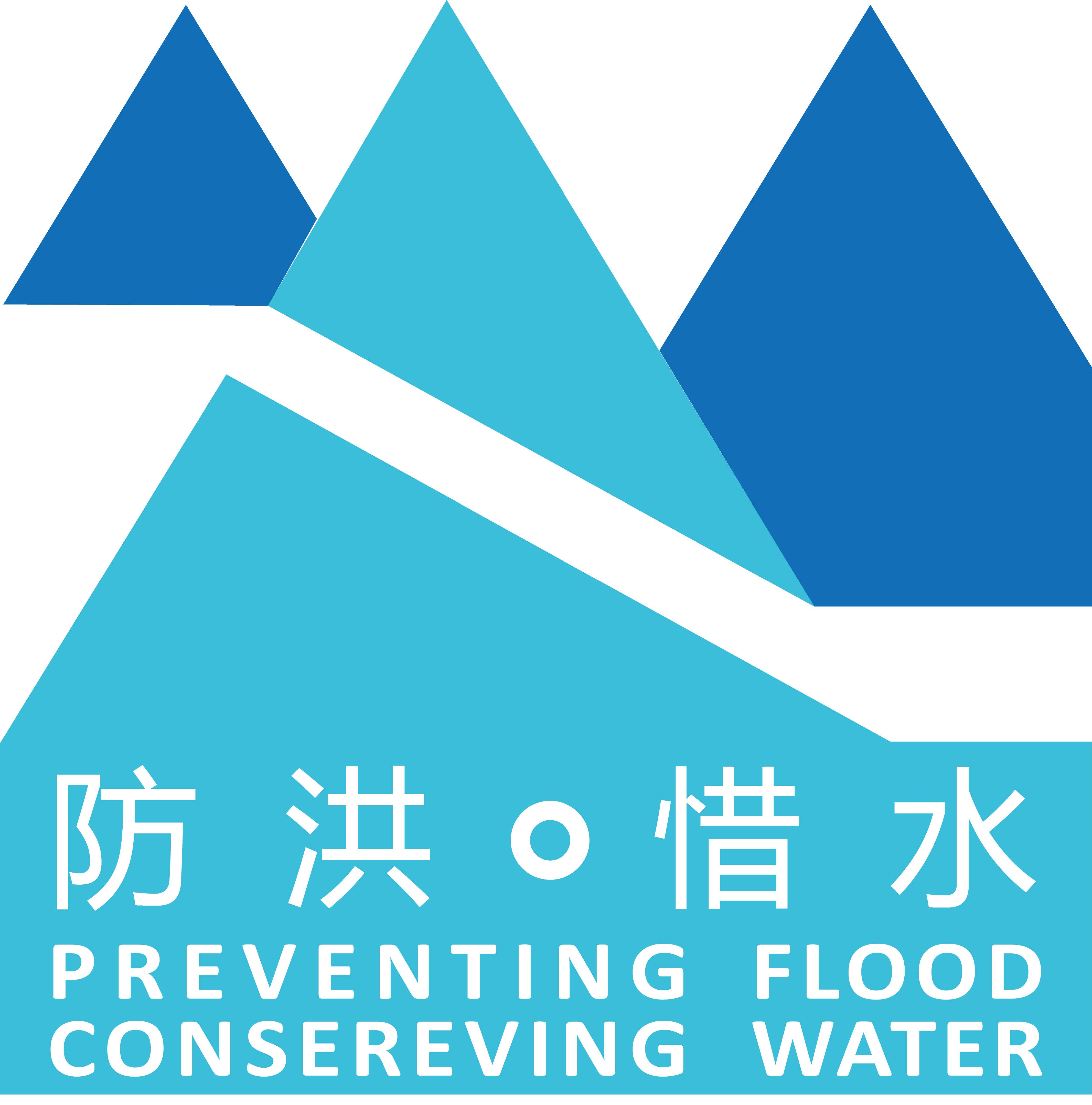One Project Two Goals: Flood Prevention ‧ Water Conservation
DSD has adopted the “three-pronged flood prevention strategy”, i.e. stormwater interception in the upstream, flood storage in the midstream, and drainage improvement in the downstream, to address the flooding problem in urban areas. However, what sets the IRTS project apart is that instead of using the tunnel to intercept the flow, it is used for "storage". This clever use of the tunnel creates additional flood storage space in the Kowloon Byewash Reservoir and reduces the risk of flooding in Sham Shui Po, Cheung Sha Wan, and Lai Chi Kok.
Flood Prevention – By conveying the water stored in Kowloon Byewash Reservoir to Lower Shing Mun Reservoir in advance, an approximately 350,000m3 flood storage space in Kowloon Byewash Reservoir, which is equivalent to the capacity of 150 no. of standard swimming pools, could be provided. This storage capacity allows for collection of the surface runoff during heavy rainstorms, and reduces the chance of overflow entering the urban areas. As a result, flood prevention of Sham Shui Po, Cheung Sha Wan and Lai Chi Kok is enhanced.
Water Conservation – Penstocks are installed at the intake structure of Kowloon Byewash Reservoir. The flow through the tunnel can be closely controlled by the real-time monitoring of the water level at Lower Shing Mun Reservoir. During heavy rainstorms, the control system is capable to maximize the reception of rainwater and to reduce the chance of overflow in Kowloon Byewash Reservoir. Upon completion of the IRTS project, an estimated average annual additional fresh water yield of about 3.4Mm3, which is equivalent to the capacity of 1,360 no. of standard swimming pools, could be generated.
The IRTS project achieves the dual purposes of flood prevention and water conservation. In addition to safeguarding the lives and property of the citizens, it also helps to conserve precious water resources and address the various challenges brought about by climate change.



